How and why did the Ukrainian revolutions happen? The fight for freedom timeline
Музеq Революції Гідності
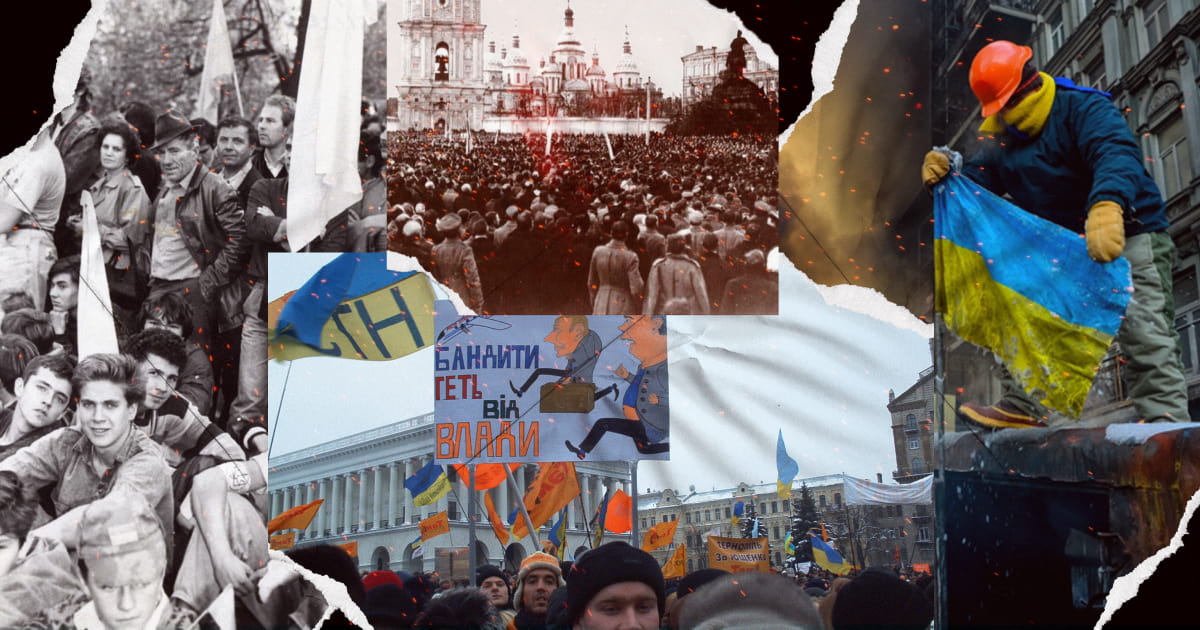
The continuity of the Ukrainian Revolutions has a long history — Ukrainians defended their choice on the Sophia Square in 1917-1918, during the Revolution on Granite in 1990, the Orange Revolution in 2004, and the Revolution of Dignity in 2013-2014. On the Maidan, the indifferent ones defended the European future and the civilizational choice to develop together with the democratic world.
Svidomi, in cooperation with the National Memorial Complex of the Heroes of the Heavenly Hundred — the Museum of the Revolution of Dignity, tells about the Ukrainian revolutions and the struggle for freedom.
It is not the first time in the history of Ukraine that the aspiration to live in a free, independent state has been opposed by Russia, which has been methodically trying to destroy Ukraine for centuries, denying the separateness of its people, history, language, and traditions. Each of the revolutions made this intention clearer, whether this enemy was the Russian Empire, the Soviet Union, or modern Russia.
For centuries, the Ukrainian frontier shaped Ukrainian consciousness, influenced history and culture, and eventually affected the forms of resistance: Ukrainians themselves do not notice when the Maidans become a war of liberation not only for rights but also for their land, the lives of individuals and the entire nation.
Ukrainian Revolution of 1917-1921
On April 1, 1917, the First Ukrainian Freedom Day was held in Kyiv at the initiative of the Central Council of Ukraine. The 100,000-people rally of patriotic forces on the Sophia Square showed the Ukrainians' aspiration for national self-determination and supported the territorial autonomy of Ukraine.
However, almost immediately, the people's desire for an independent life encountered the resistance of Russian political forces, which intensified with the beginning of the February Revolution — from the Provisional to the Bolshevik governments.
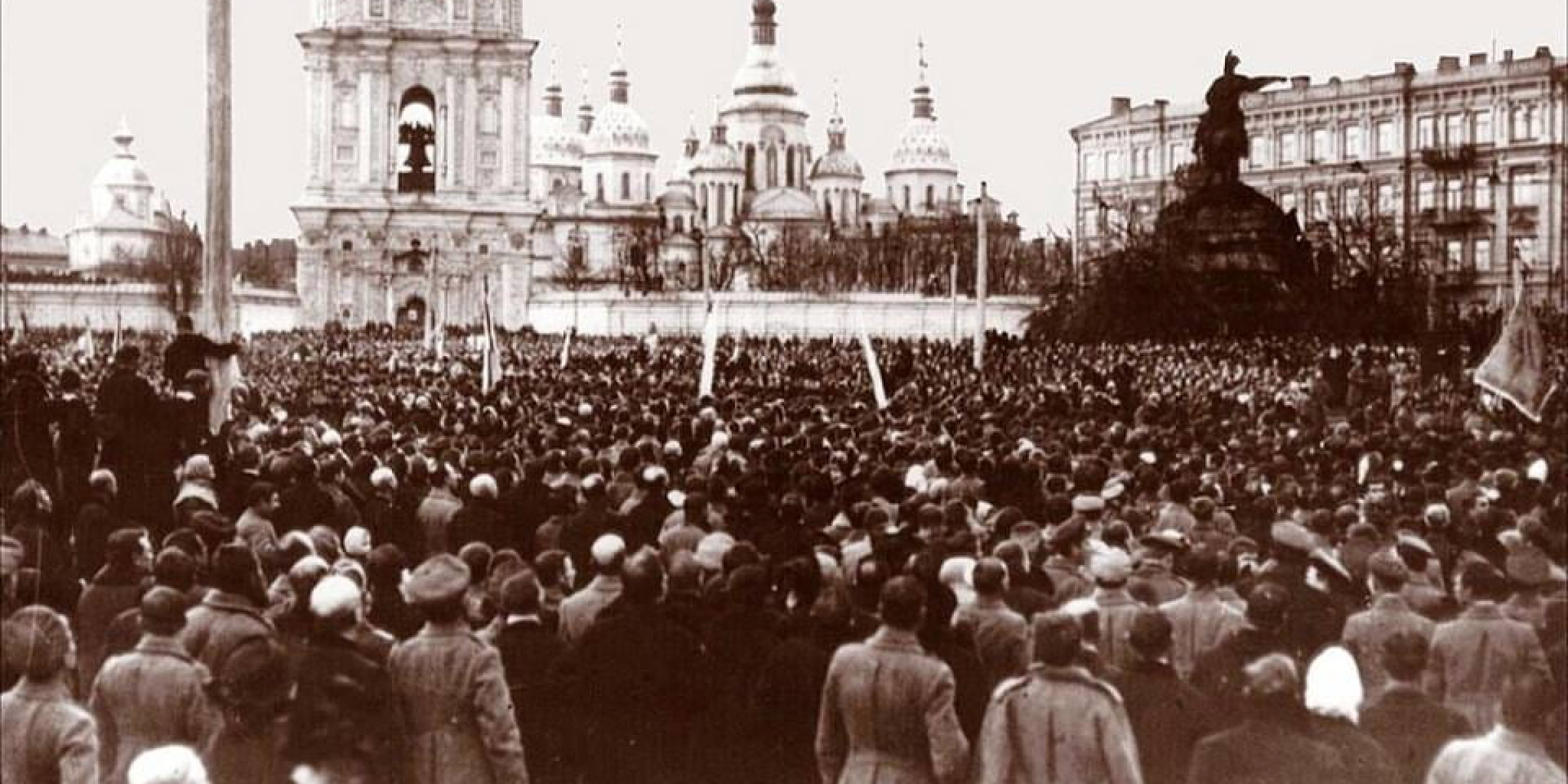
The active struggle for liberation lasted four years and, eventually, due to a number of both external and internal factors, it was defeated. Ukraine was under the Bolshevik occupation, which lasted 70 years.
Revolution on Granite
In October 1990, the first Maidan in the modern history of Ukraine took place in Kyiv, which was called the "Revolution on Granite." Student youth protested and went on a hunger strike on the granite slabs of the then October Revolution Square, now Independence Square. This event largely determined the future of the Soviet Union because one of the protesters' demands was not to sign a new union treaty, which was to prolong the agony of the USSR.
For Ukrainian history, the Revolution on Granite was one of the important and powerful factors that brought the declaration of independence on August 24, 1991, closer.
Thanks to the discipline and thorough preparation of the students, the Revolution on Granite became a successful non-violent civil disobedience rally, which laid the traditions of democratic forms of protest, influenced the change in the vector of development of Ukraine at the time, and became one of the catalysts for the collapse of the USSR.
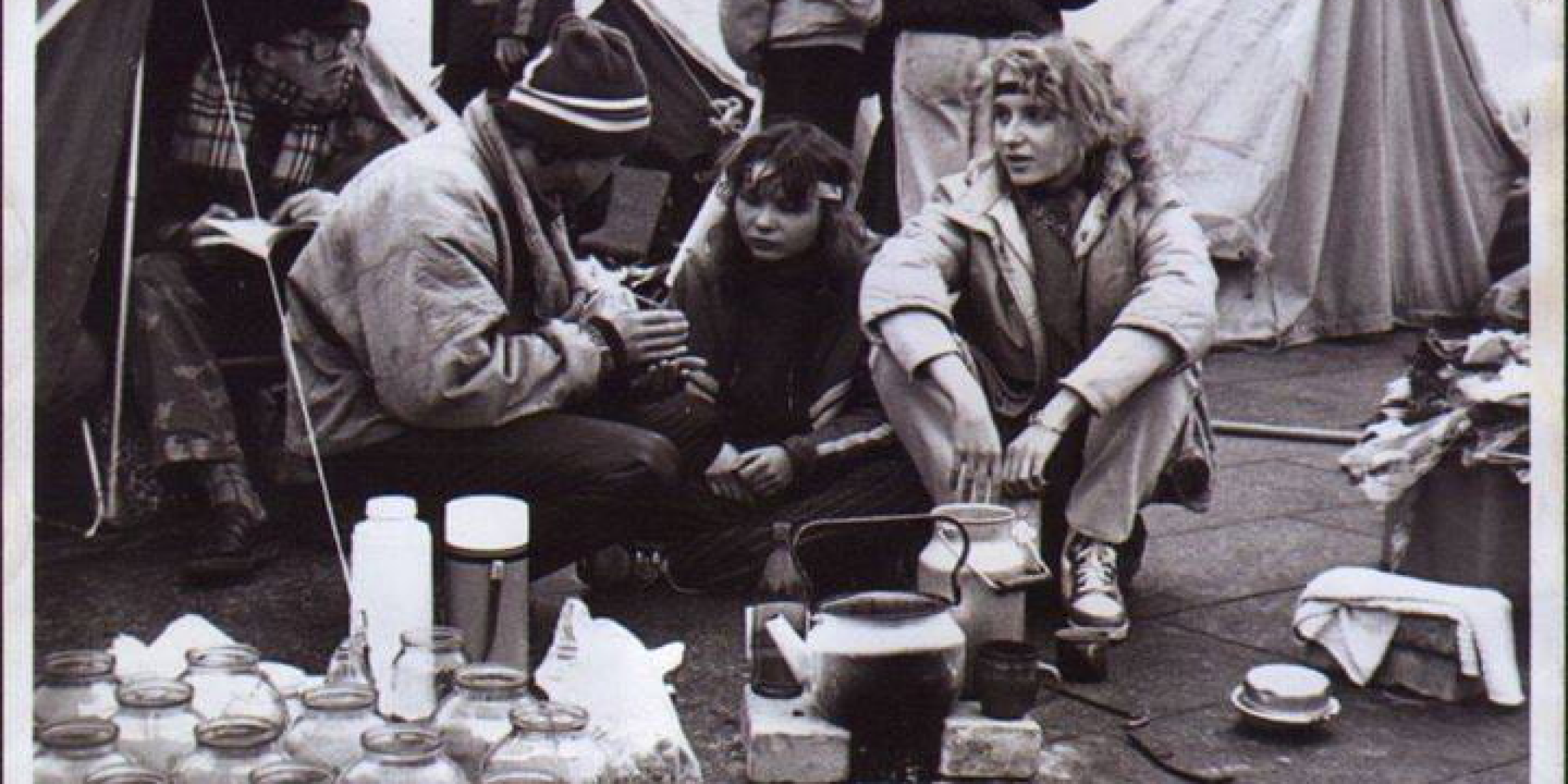
Orange Revolution
On November 21, 2004, mass protests for fair elections began on Independence Square. Large-scale falsifications and systematic violations of electoral law in favor of the pro-Russian candidate Viktor Yanukovych prompted people to defend their right to a free election. The revolution was named "Orange" after the color of the election campaign symbol of the presidential candidate Viktor Yushchenko, around whose pro-Ukrainian and pro-European slogans the society rallied.
The candidates' election programs revealed the confrontation of two geopolitical orientations within the country — pro-European and pro-Russian. On December 3, 2004, the Supreme Court of Ukraine recognized the fact of violations during the second round of elections and announced the re-voting. Viktor Yushchenko became the President of Ukraine as a result of the re-vote.
The Second Maidan demonstrated the willingness of Ukrainians to defend their right to choose. In 2004, this significantly distinguished Ukraine from some of the former Soviet republics, where democracy was being dismantled, and authoritarian regimes were being built.
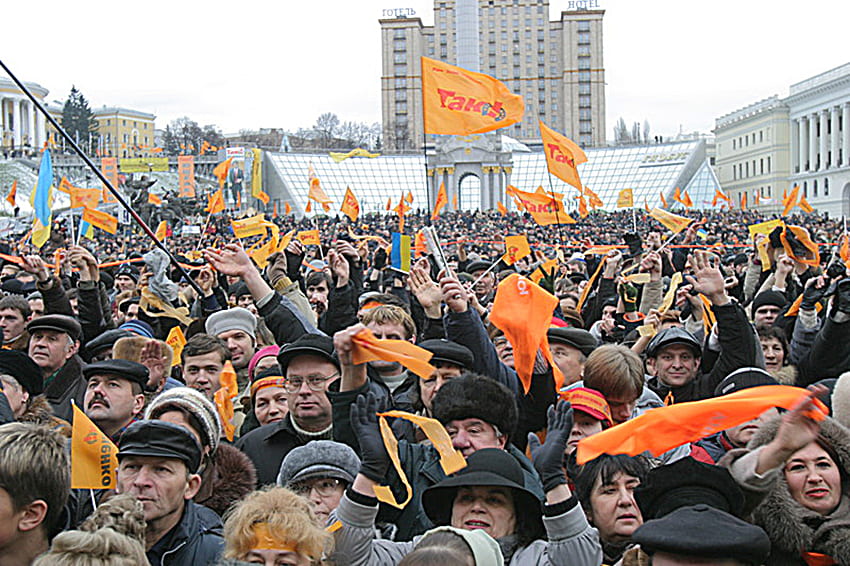
The events of the Orange Revolution gave an impetus to the growth of Ukrainian national consciousness and testified to the development of civil society.
Thanks to the protests of late 2004, society realized the importance of such values as freedom of speech and political and civil liberties.
Revolution of Dignity
On November 21, 2013, the first protesters began to gather on Independence Square — people came to the square to protest against the decision of the then authorities not to sign the EU-Ukraine Association Agreement. The following 94 days of the entire country's life were called the "Revolution of Dignity."
For almost three months, protesters defended Ukraine's European future, dignity, and freedom on the Maidan. On February 18, on the day when the Verkhovna Rada was to consider the draft law on amendments to the Constitution to limit the powers of the president, the Maidan was stormed by internal troops and special units of the then police.
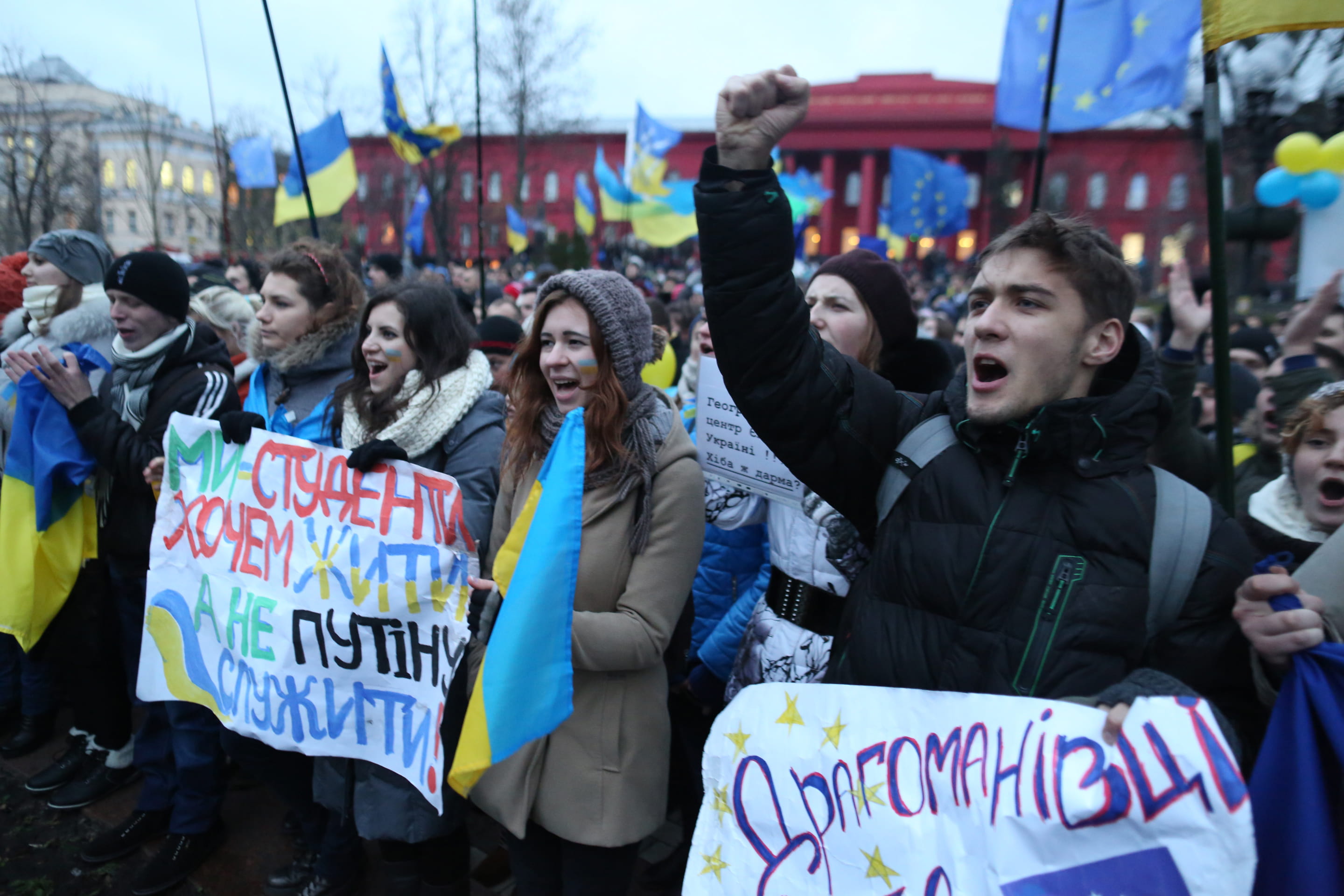
Mass killings of unarmed people in the center of Kyiv on February 18-20 became a turning point in the course of the protests and led to the fall of the Yanukovych regime and the beginning of radical changes in the state power system. The fallen Heroes of the Revolution of Dignity, who gave their lives in the fight for freedom, were named the Heavenly Hundred.\
The powerful self-organization of Ukrainian citizens became the phenomenon of the Revolution of Dignity. According to the sociological research of the "Sotsinform" center, during November 2013 — February 2014, about 6.5 million Ukrainians participated in protests. Half of them took part in rallies in the regions, and every fifth belonged to public activists.
The Revolution of Dignity, which began with demands for European integration, became the next stage of the establishment of Ukraine as an independent state. These protests were the loudest statement of Ukrainians about their values: dignity, freedom, independence, and democracy.
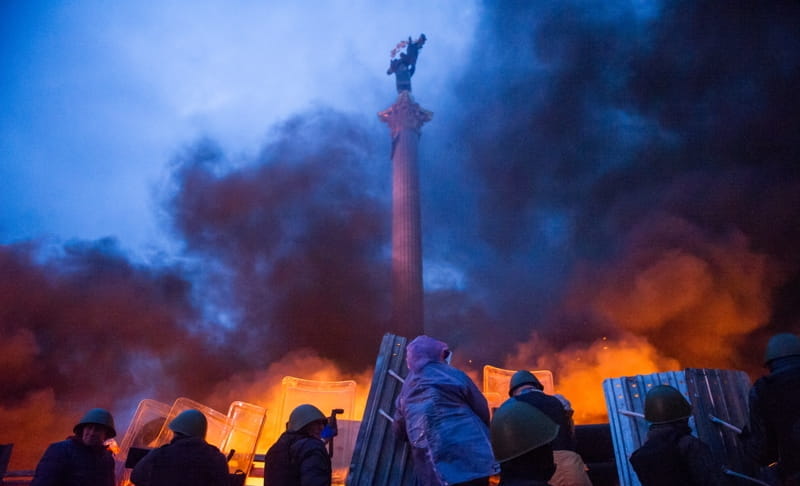
The gap between Ukraine and Russia became obvious to the world, which means it was deadly dangerous for the empire, which built everything that it called "its own" based on the stolen Ukrainian cultural heritage and history, the achievements of the peoples it enslaved.
Therefore, in late February 2014, Russia seized Crimea and in April, occupied part of the Donetsk and Luhansk regions. The Ukrainians were forced to take up arms to resist and drive the enemy out of their territory. In both centuries, the Russians were the enemies — the Bolsheviks in 1918 and the Rashists in 2014.
Russia's full-scale aggression against Ukraine has turned the state into a kind of Maidan with its basic principles of self-organization, consolidation, and mutual assistance. The war forced the society to rethink its past more actively, to feel and realize the importance of those value orientations that people were fighting for on the Maidans.
In retrospect, all Ukrainian revolutions now appear as a single line of defense against the eternal enemy. After all, despite the different times and distinct demands of each of the revolutions, which met the needs of their time and the public demand for change, the desire for freedom and the affirmation of one's identity remained the same.
Since February 2022, the whole country has become the battlefield for freedom and independence, which were defended on the Maidans.


